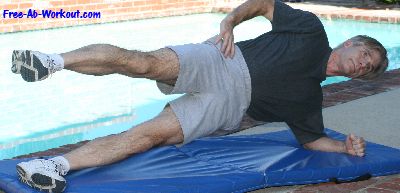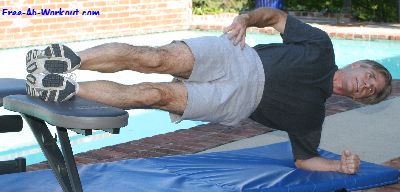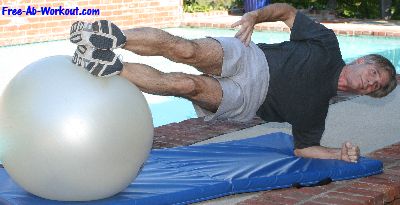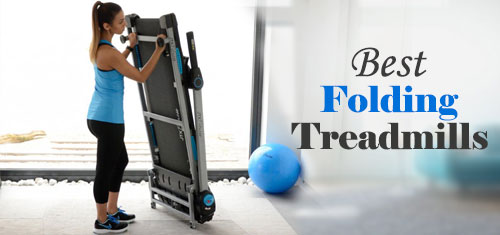The Side Plank Exercise
The Side Plank Exercise should be a part of everyone’s ab workout. It strengthens your core, works your obliques, and protects your back by increasing spine strength and stability.
It is part of Dr. Stuart McGill’s “Big 3” stabilization exercises (along with the modified curl-up and Bird-Dog exercise).
Those three exercises ensure maximum spine stability and muscle endurance.
They’ve been proven to reduce the number of back pain incidents when used as a part of an injury prevention program.
There are many versions of the side plank exercise which provide a range of difficulty levels.
All of them should be done with isometric holds of 8-10 seconds, with 3-5 reps. Here’s how to do them, starting with the easiest version.
MODIFIED SIDE PLANK EXERCISE
Preparation: Lie on your left side, with your knees bent to 90 degrees, resting on your left forearm, with your right hand on your hip.
Your hips should be slightly flexed, so you’re not lying in a straight line position. Your butt should be back slightly.
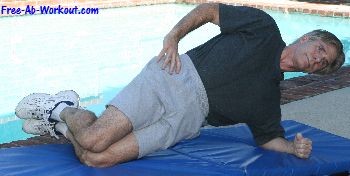
Movement: Push your hips forward and up into the air until your body is in a straight line from your shoulders to your knees.
Hold at the top for the desired time. Slowly lower down by pushing your hips back.
Pause, then lift again for the next rep. When all reps are finished on your left side, turn over and perform the desired number of reps on your right side.
Suggested Hold Time: 8-10 seconds
Reps: 3-5 Reps per side
Sets: 2-3 Sets. The Russian Reverse Pyramid design works very well with the Side Plank exercise. You do sets of 5 reps, then 4 reps, then 3 reps, with 30-60 seconds of rest between sets.
This allows you to maintain good form by reducing reps with each fatiguing set. Be sure and build up to that amount of work. It’s usually best to start with 1-2 sets for the first few weeks.
Frequency: 2-3 times per week
Bill's Tips on Technique:
- Keep breathing throughout the exercise. Brace your core muscles, but don't hold your breath.
- Hold your body fully sideways when you’re in the up position, with eyes looking straight ahead. Imagine if your back was up against a wall.
- Be sure and get into the “up” position by pushing your hips forward (hip hinging) rather than just lifting up from a straight body position. This protects your back. Don’t lift straight up sideways. Resist lateral bending of the torso during the movement into the up position.
- If you need it, you can use your free hand to support your shoulder by cupping it over your support shoulder.
FULL SIDE PLANK EXERCISE
Preparation: Lie on your left side, hips slightly bent, resting on your left forearm, with your right hand on your hip. Feet stacked on top of each other
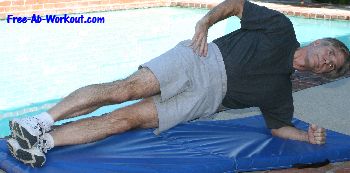
Movement: Push your hips forward and up into the air until your body is in a straight line from your shoulders to your feet. The only things contacting the mat are your forearm and the outside of your foot.
Slowly lower down by pushing your hips back. Pause, then lift again for the next rep. When all reps are finished on your left side, turn over and perform the desired number of reps on your right side.
Suggested Hold Time: 8-10 seconds
Reps, Sets, and Frequency: Same as Modified Side Plank
Bill's Tips on Technique:
- As with the modified side plank, brace your core muscles and don't hold your breath. Keep your “back against the wall” posture at the top. Get to the up position by pushing your hips forward, not lifting straight up. Brace your support shoulder with your free hand if necessary.
- An alternate foot position is placing the feet in a heel-to-toe (top leg in front) position rather than stacked on top of each other.
Here Are Some More Advanced Variationsof the Side Plank Exercise
Raising the leg or legs, or placing your legs on an unstable object greatly increases the difficulty of the exercise.
You should only attempt these plank variations if your core is strong.
